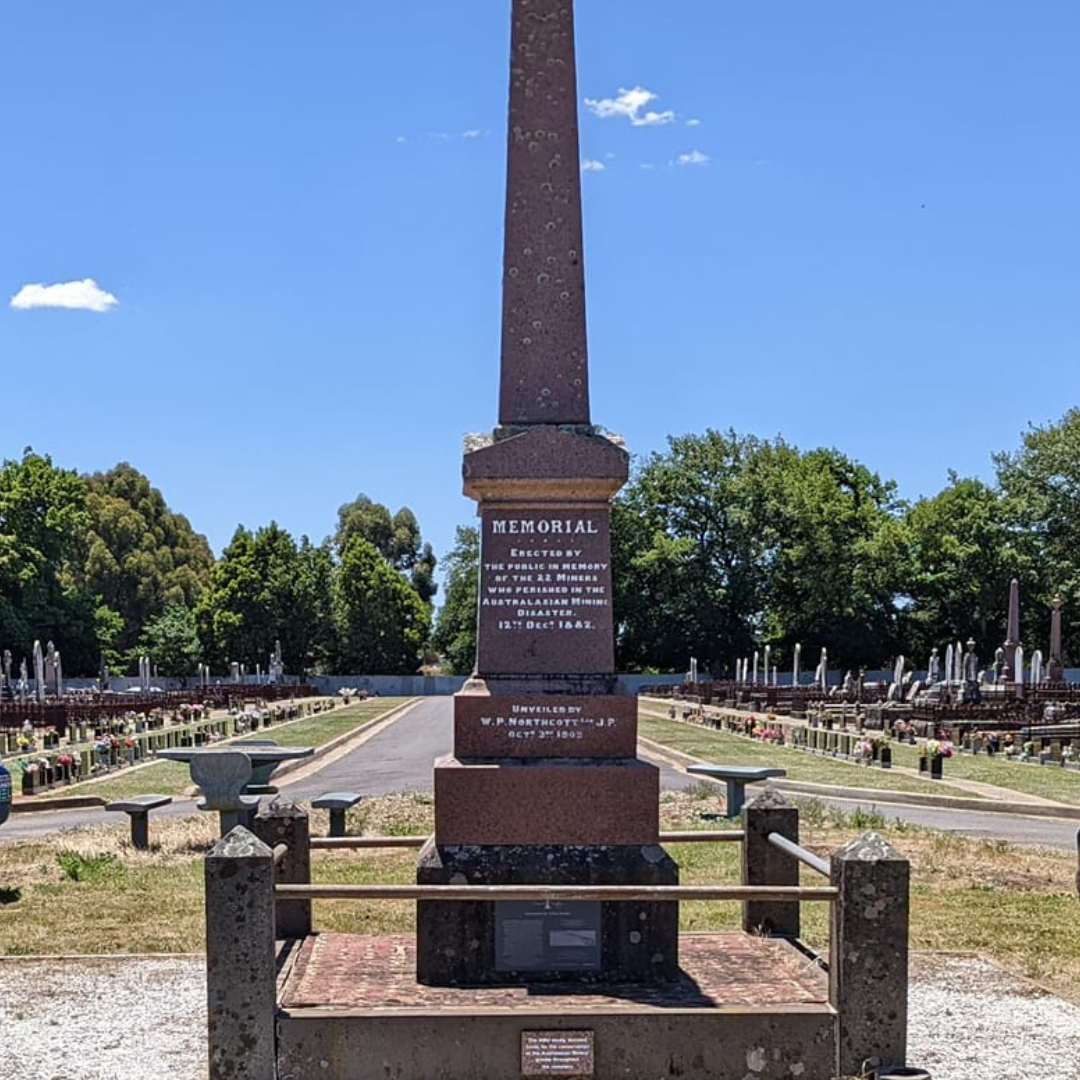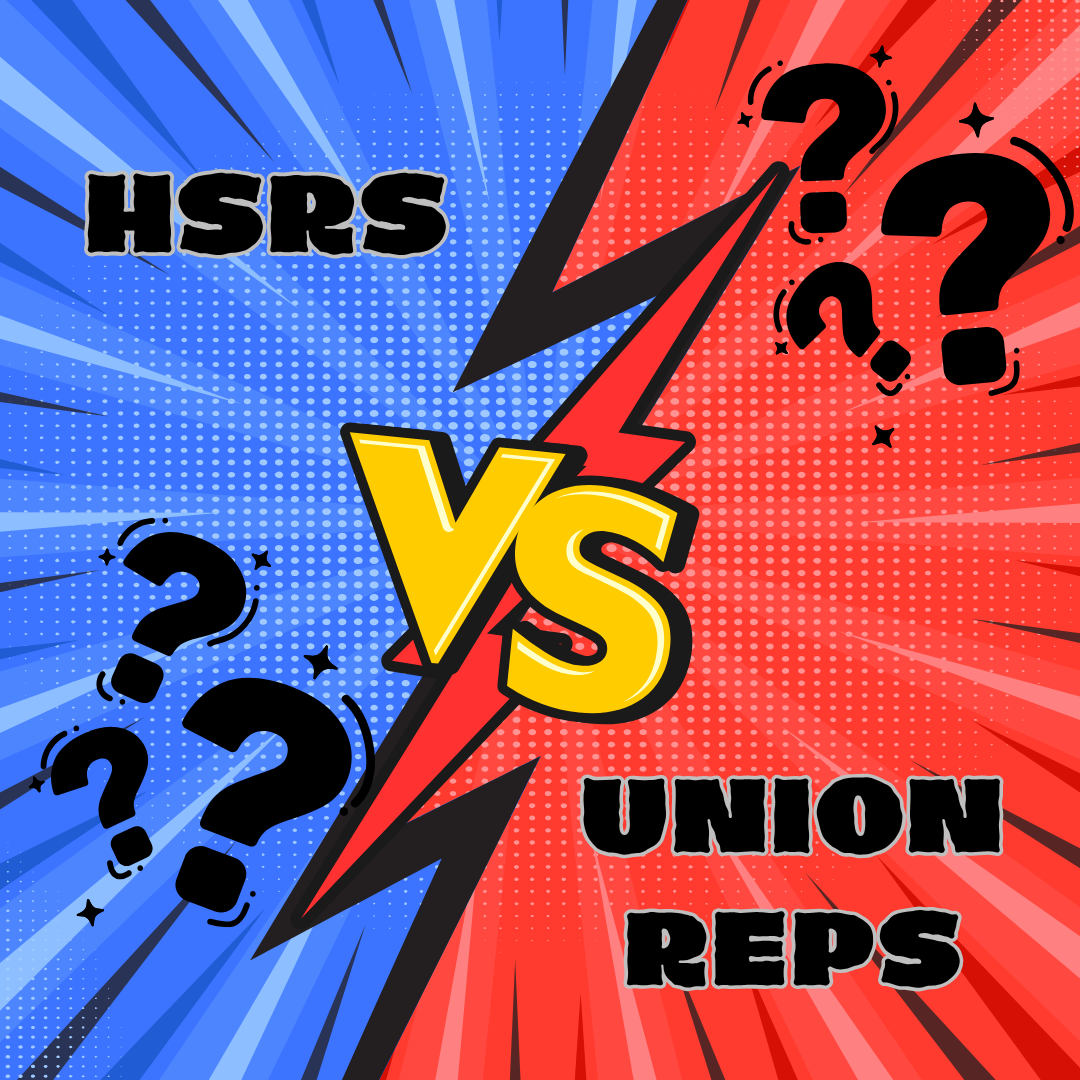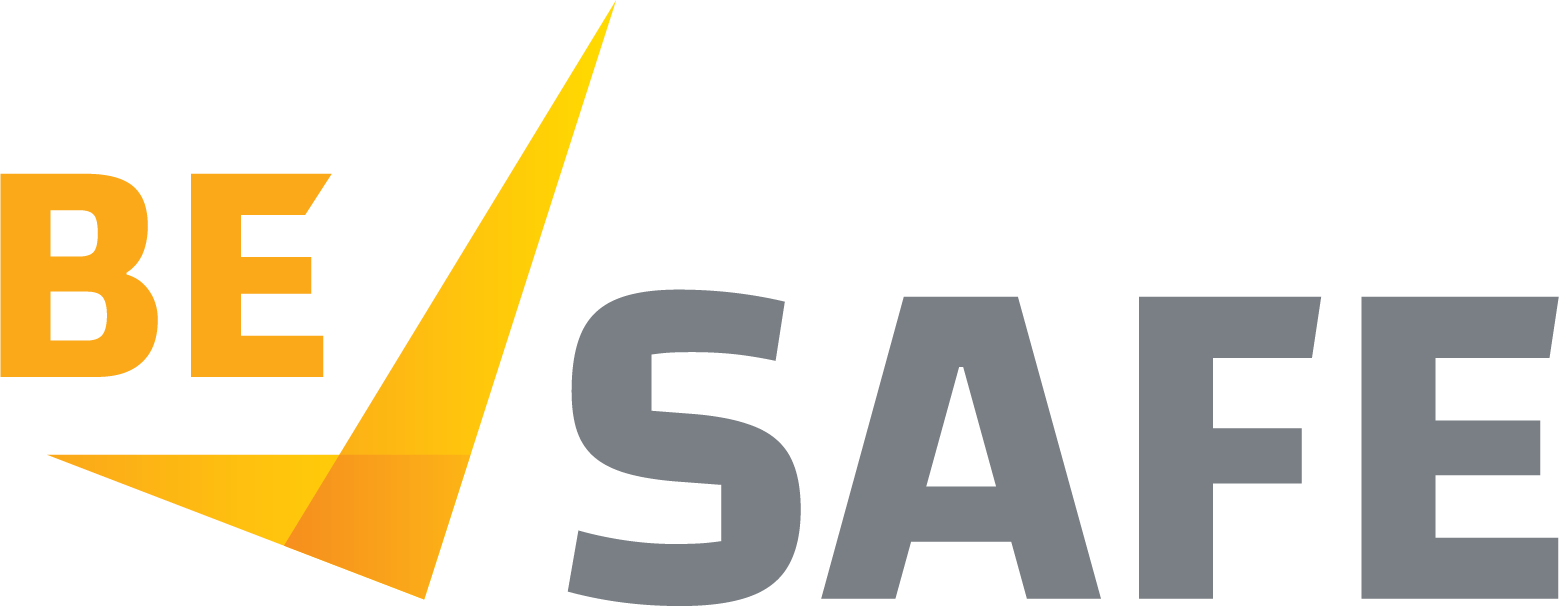Minister announces WorkSafe's new “Statement of Regulatory Intent”
The Minister for WorkSafe recently made an announcement which included a warning to employers who put workers’ lives at risk. In the press release, the data shows that WorkSafe is issuing more fines - up by $1.1million from the previous financial year. He also stated that WorkSafe have inspected more workplaces, with nearly 7,500 more inspections conducted. Furthermore, there have been more compliance notices – with 13,943 notices issues, compared with 16,300 from the previous year.
The Minister announced the launch of a new “Statement of Regulatory Intent” which plans to target the 5 most high-risk industries:
- Healthcare and social assistance
- Construction
- Government
- Agriculture
- Manufacturing
These industries are responsible for 60% of all deaths and injuries in the workplace.
The Minister stated that “Criminal prosecution, substantial fines, and potential imprisonment await employers who fail to meet their legal obligations to protect workers' lives.”
The Statement of Regulatory Intent has been published on the WorkSafe website, and it includes an overarching summary document as well as several documents relating to each of the key target industries.
Each industry also has some key hazards which will be targeted within that industry, while in all industries a key area of focus will be workplace consultation and psychological health. Falls from heights were called out as a key issue to address in the construction industry, while in the agriculture industry, powered and mobile plant are the deadliest issues to address. In the manufacturing sector, there was a key geographic location of concern - being the 3175 post code (Dandenong and surrounds). The greatest number of injuries were caused by manual handling, with most fatalities being due to lung disease and traumatic injuries. The healthcare and social assistance sectors have safety issues in hazardous manual handling, aggression/violence and slips, trips and falls, which will be areas of focus for WorkSafe. The government sector continues to have major issues around psychosocial hazards. The highest risk of injury is seen in police services, followed by ambulance services and the department of education. However, in terms of fatalities, the worst areas are the Fire Services and Victoria Police.
It was notable that employee representation and consultation were identified as a specific area of focus in a number of industries – and this is of course a key area for our Health and Safety Representatives!
The Minister’s statements are strong:
“Every workplace death is unacceptable – that’s why we are working towards a future of zero deaths and zero excuses.”
"If a worker dies on your watch due to negligence, you risk criminal charges. We will not tolerate employers who gamble with workers' lives."
We can only hope that this ‘new’ WorkSafe approach may lead to safer workplaces for all.
To read the full press release from The Minister for WorkSafe:
250815-Workplace-Prosecutioncts-Hit-Successful-Milestone.pdf
The full WorkSafe documents can be found at:




